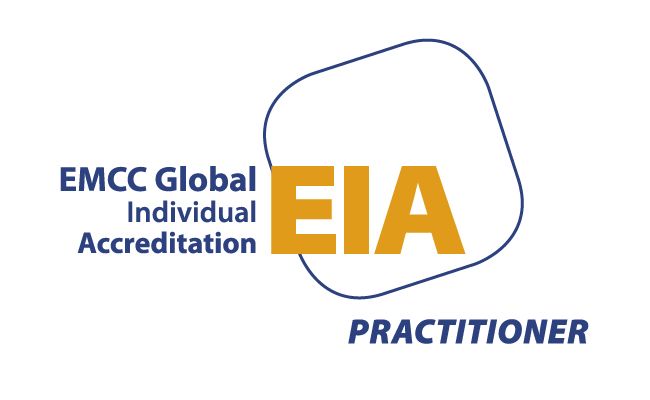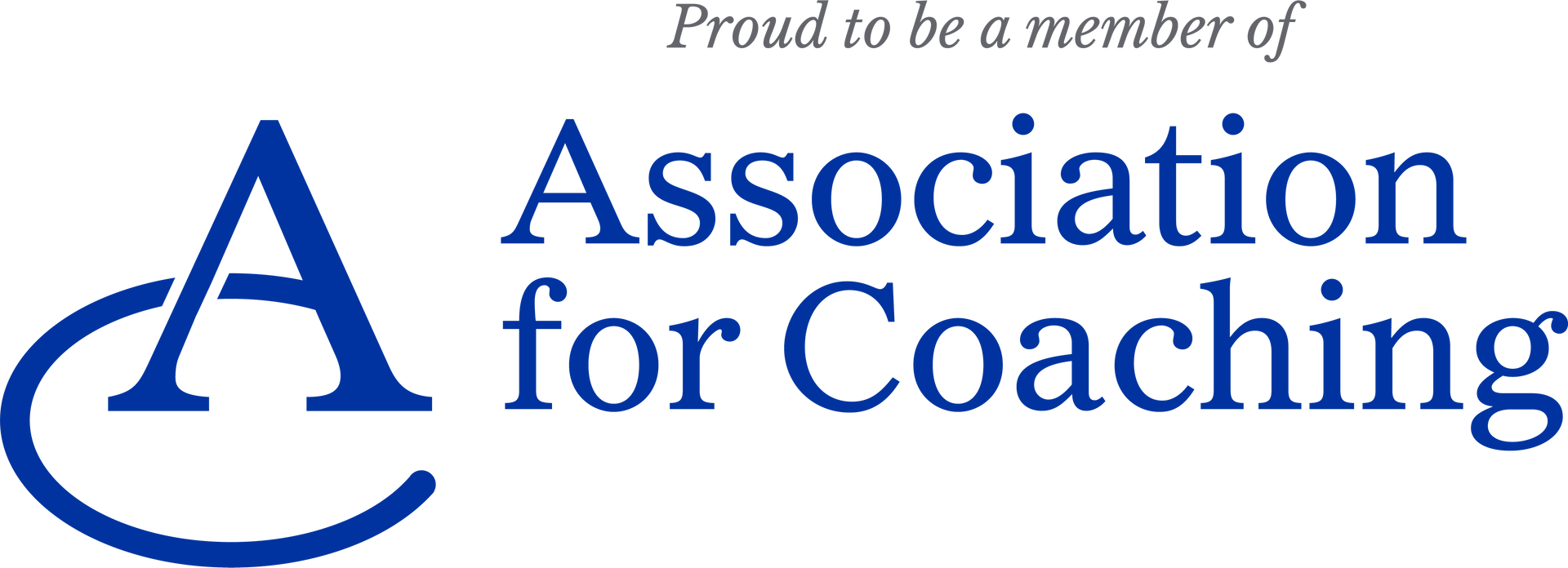To Coach or not to Coach
Coaching vs Classroom learning - the pros and cons

People often ask me what learning and development approach is best for them, or their teams. When should you use coaching and when is it better to use a classroom approach to learning and growing?
Below I set out my thoughts on the benefits of both coaching and classroom learning and when one might nudge the other off the winners podium. As always I would love to hear your thoughts.
Coaching:
Personalized Approach: Coaching is highly personalized. It focuses on an individual leader’s specific needs, challenges, and growth areas.
One-on-One Interaction: Coaches work closely with leaders, providing tailored guidance, feedback, and support in a safe and confidential environment.
Behavioural Change: Coaching aims to enhance self-awareness, improve skills, and drive behavioural change.
Adaptive Learning: Coaches adapt their approach based on the leader’s unique context and goals. There is not one set process for achieving results.
Long-Term Impact: Coaching can lead to sustained improvements in leadership effectiveness where the coachee embraces the learning and applies actions.
Traditional Leadership Training:
Structured Programs: Leadership training often follows a structured curriculum or program so everyone is taken through the same topics and have the opportunity to develop skills together.
Group Setting: Training sessions involve groups of participants, allowing for shared learning experiences.
Skill Development: Training focuses on specific skills (e.g., communication, decision-making) and theoretical knowledge.
Scaleable: Training can efficiently cover essential topics and provide a common foundation.
Short-Term Impact: While training can impart knowledge, its impact may diminish without ongoing reinforcement, applying the learning and accountability.
Which learning intervention is the best?
Which learning intervention you choose will be determined by:
- What the end goal of the learning intervention is
- What the skills gaps are within the team and the type of skills gap – e.g. soft skills, technical skills etc
- The time available to dedicate to learning
- The number of learners you have
Coaching tends to be more effective when:
- The organisation is going through transformation with lots of change at the top
- Leaders are new to the organisation or recently promoted within the organisation
- Leaders need personalized development.
- Behavioural change is the goal.
- Context-specific challenges require targeted solutions.
- Long-term growth is desired.
Traditional leadership develop training is effective when:
- A common skill set is needed across a group.
- Time constraints exist.
- Foundational knowledge is essential.
- Immediate results are necessary.
- Large numbers of people need to be trained quickly
In summary, both coaching and traditional training have their place. Combining them strategically can yield powerful results. Effective leadership development often involves a blend of personalized coaching, structured training, and continuous learning.
We offer coaching and upskilling applied leadership development courses for 1 to many people to help your organisation thrive.
We thrive in meeting your people challenges and offering solutions that fit your need.
To find out about our support packages please get in touch.
What challenges are you facing today? Give me a call and we can talk things through. contact me at barbra@gleecoaching.com www.gleecoaching.com




